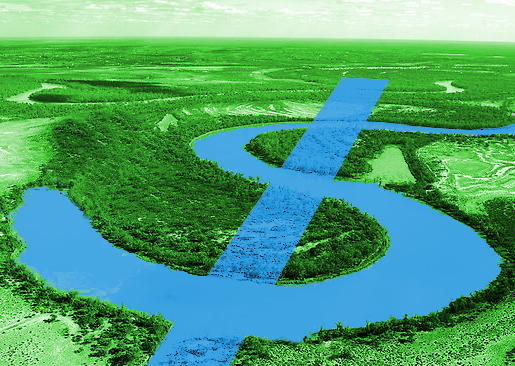First Nations want promise kept
 First Nations groups want the Federal Government to deliver on a 2018 commitment for more water.
First Nations groups want the Federal Government to deliver on a 2018 commitment for more water.
Less than 1 per cent of the water in the Murray-Darling Basin is currently owned or managed by Aboriginal Australians.
In 2018, the then federal water minister David Littleproud said $40 million would be spent over four years to “allow [Indigenous Australians] to economically participate in water and ensure that they get not only economic, but also cultural outcomes”.
The funding was created as part of a deal with Labor to secure support against a disallowance motion that would have seen more environmental water recovered.
Federal Water Minister Keith Pitt says the government “remains committed to work with Indigenous organisations to build consensus about the way forward”.
“I share people's frustration about how long it is taking to get the program up and running.”
Brendan Kennedy, a Tati Tati man from Victoria and a traditional owner, says while the delays continue, First Nations people are left without access to water for cultural, spiritual, environmental and economic benefits.
“The state of ownership for traditional owners in the Murray-Darling Basin currently is absolutely disgraceful, it's deplorable,” Mr Kennedy told the ABC.
“It's a national disgrace and governments should be ashamed of themselves.
“The suffering of our people, it relates directly back to the deprivation and the lack of recognition of First Nations people to own our water.
“They need to have their autonomy and their say, the decision-making around what's right for their water, for them and for their country.”
Mr Pitt insists that the funding “deliver real jobs and generate economic activity for Indigenous people across the Murray-Darling Basin”.
But this has created concern that money will be used for things other than water.
Northern Basin Aboriginal Nations chair Fred Hooper says Mr Pitt must rule out non-water-related projects.
“It's water owned by us, that we can use for spiritual, cultural, social, economic and environmental purposes, but we are the ones that have control over that water,” he said.
On a good day, $40 million could buy about 6 gigalitres of water, which would have to be shared among almost 50 First Nations groups throughout the Murray-Darling river system.







 Print
Print